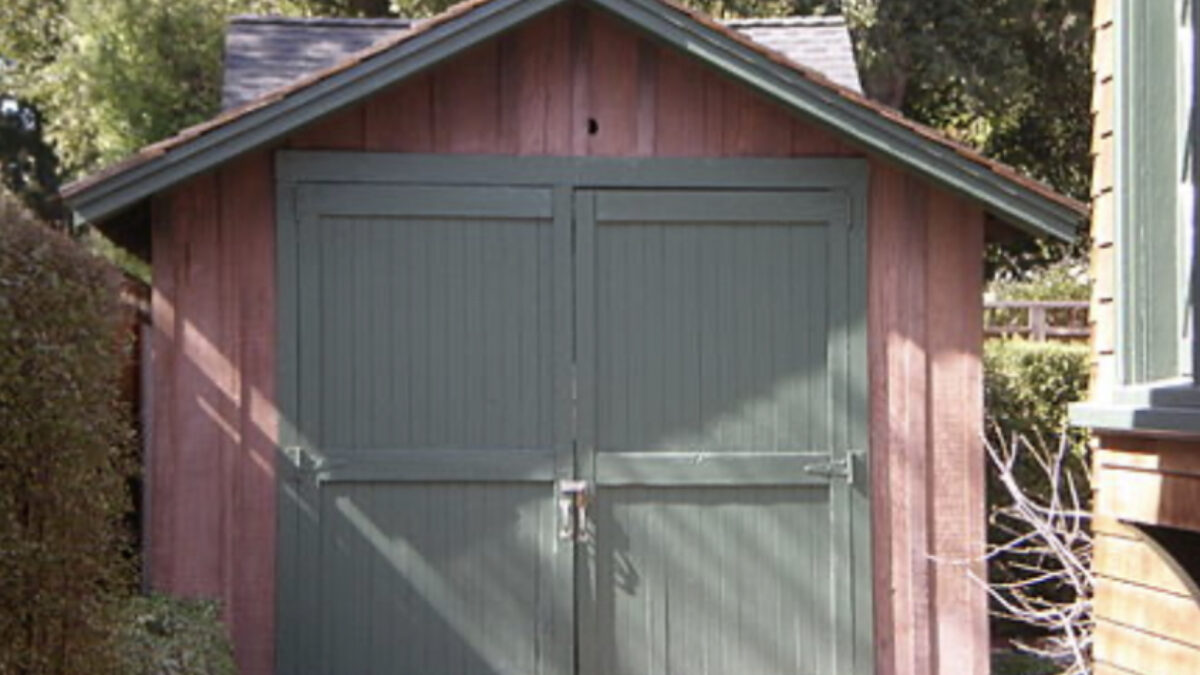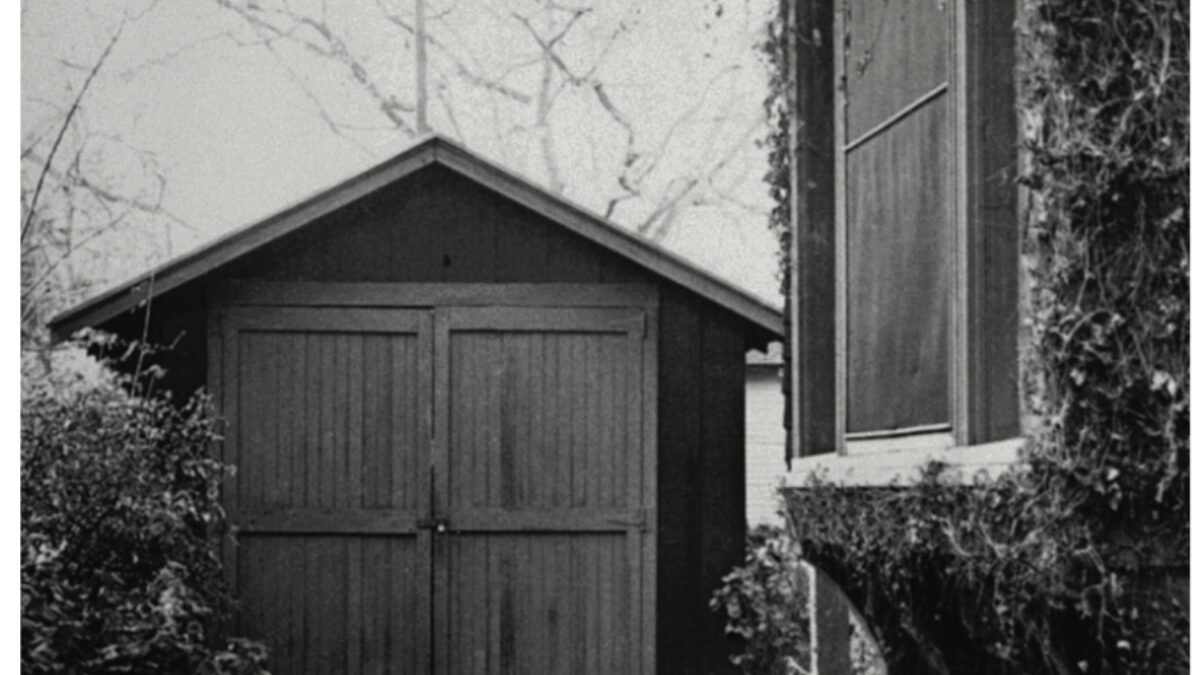History of Computing Series: Hewlett-Packard

By Fay Capstick
With all the recent excitement over AI and the possible demise of humanity at the hands of killer robots, it’s been a while since we had an entry in our History of Computing blog series. We shall rectify that this week by taking a deep-dive look at Hewlett-Packard (HP), and the important part they have played in the history of computing. At Parker Shaw, we have been a proud supplier to HP since 1989 and are thrilled to have played a small part in that history.
When did the Hewlett-Packard Company start?
You might be surprised to know that Hewlett-Packard was started way back in 1939, by David Packard (1912-1996) and Bill Hewlett (1913-2001). The company name was decided on a coin toss that Bill Hewlett won.
Where did Hewlett Packard start?
It is now part of computing lore that Hewlett-Packard was initially based in David Packard’s garage in Palo Alto, California. More about this famous little garage later. I should note here that all good companies should start in a founder’s home. Parker Shaw started at the dining table in Tony Parker’s house back in 1988.
So who are Hewlett and Packard?
David Packard and Bill Hewlett met as undergraduates at Stanford University in California, where they graduated in 1934. Hewlett then went to MIT to do a Masters degree, while Packard went to work at General Electric. Both then found themselves back at Stanford where they were at the forefront of a boom in an area that eventually become Silicon Valley.
Fun Fact: In 1968 Packard let Hewlett become CEO, so that he could become United States Deputy Secretary of Defense under President Nixon. Packard came back as chairman from 1972 until 1993.
What did they start with?
The first thing Hewlett-Packard produced was a resistance capacity audio oscillator (no, me neither), but it got the attention of Walt Disney Studios who used it to produce their masterpiece work, Fantasia.
HP started with $538 and only two employees and has gone on to become one of the world’s largest businesses.

…and then what happened?
Innovating products at prices that undercut competitors meant that growth came quickly, and by 1942 HP had moved into their first proper building and was employing 200 people. Working on counter-radar technology during World War II helped the business and prevented Packard from being drafted.
By 1951 employees were steady in numbers at 215, but turnover had hit $5.5 million. In the 1960s they worked with Sony in Japan to produce products. Huge things happened in the 1970s and 1980s, and by 1985 HP had 85,000 employees and a turnover of $6.5 billion.
In 1986 HP registered HP.com as their domain name. Think about that for a second - 1986! That is a ridiculously long time ago in internet history, and it meant that they had the 9th .com domain ever registered. You are now asking what the first one ever registered was? I can tell you it was symbolics.com (a computer manufacturing company from Massachusetts, that registered in March 1985, a full year before HP). IBM registered their domain 13 days after HP. Apple took nearly another year, registering in February 1987.
Our original domain pscomputer.co.uk (we now trade as Parker Shaw) was registered on 1st August 1996, nearly exactly 27 years ago. However, before then we were actively posting on dial-up bulletin board systems.
In the late 1990s HP opened hpshopping.com, after they decided to sell directly to the public. This came just as internet shopping was starting to take off.
What other things did they produce?
As noted, the resistance capacity audio oscillator was their first product. They went on to produce the high-speed frequency calculator (1951), the cesium-beam standard clock, the first desktop calculator (1968), the first scientific hand-held calculator (1972), the first desktop mainframe computer (1982), and then starting in 1984 lots of HP Laserjet printers. In fact, Laserjet printers, their LaserJet line, is the product that most people associate with HP.
HP started producing minicomputers in 1966, specifically the HP 2100/HP 100 series. This series was produced for 20 years.
Wired magazine has listed HP as the producer of the world’s first personal computer in 1968 (however, strangely, they called it a desktop calculator). Between 2007 and 2013 HP was the world’s leading manufacturer of PCs.
Fun fact: In an event that could have changed history quite profoundly, HP turned down the Apple I computer five times when it was offered to them by Steve Wozniak. HP had first refusal on Wozniak’s work as he was employed by HP. As we all know, Wozniak went on to start Apple with Steve Jobs. It should be noted that this wasn’t because they couldn’t see the potential, but that HP wanted to focus their business on scientific and industrial sectors.

What’s in a name?
At various times, including 1999, 2002, 2009 and 2015, HP has merged, split, or renamed arms of the business.
Why is Hewlett-Packard important?
HP shows what is possible. They massively outpaced their competition with the technologically innovative products that they produced.
They were also ahead of other companies in the benefits they offered and the example that they set to staff: “As philanthropists and leaders in management ethics, they fostered creativity, offered employees a range of benefits, and enriched communities (https://lemelson.mit.edu/award-winners/william-hewlett-and-david-packard)."
Can I visit the garage in Palo Alto?
You can certainly see it from the outside, and it is located at 367 Addison Avenue. It is listed as a California Historical Landmark (since 1987) and is referred to as the birthplace of Silicon Valley. It is a small, single-car, wooden structure with a pitched roof, green doors and muted red exterior which was rented. An unassuming birthplace for a business that would make history.
What are the Rules of the Garage?
You may have heard the Rules of the Garage referred to and this relates to HP and the eleven rules of working originally applied by Bill Hewlett and David Packard. They were fully articulated in 1999 and used in an advertising campaign. Given the success of HP, they are also more generally applied now to Silicon Valley businesses as a whole.
You can read the full list here (https://en.wikipedia.org/wiki/Rules_of_the_garage), but they cover things like “believe you can change the world”, “invent”, and “radical ideas are not bad ideas”.
Final thoughts
At Parker Shaw, we have been at the forefront of the sector we serve, IT & Digital Recruitment and Consulting, for over 30 years. We can advise you on all your hiring needs.
If you are looking for your next job in the IT sector please check our Jobs Board for our current live vacancies at https://parkershaw.co.uk/jobs-board
